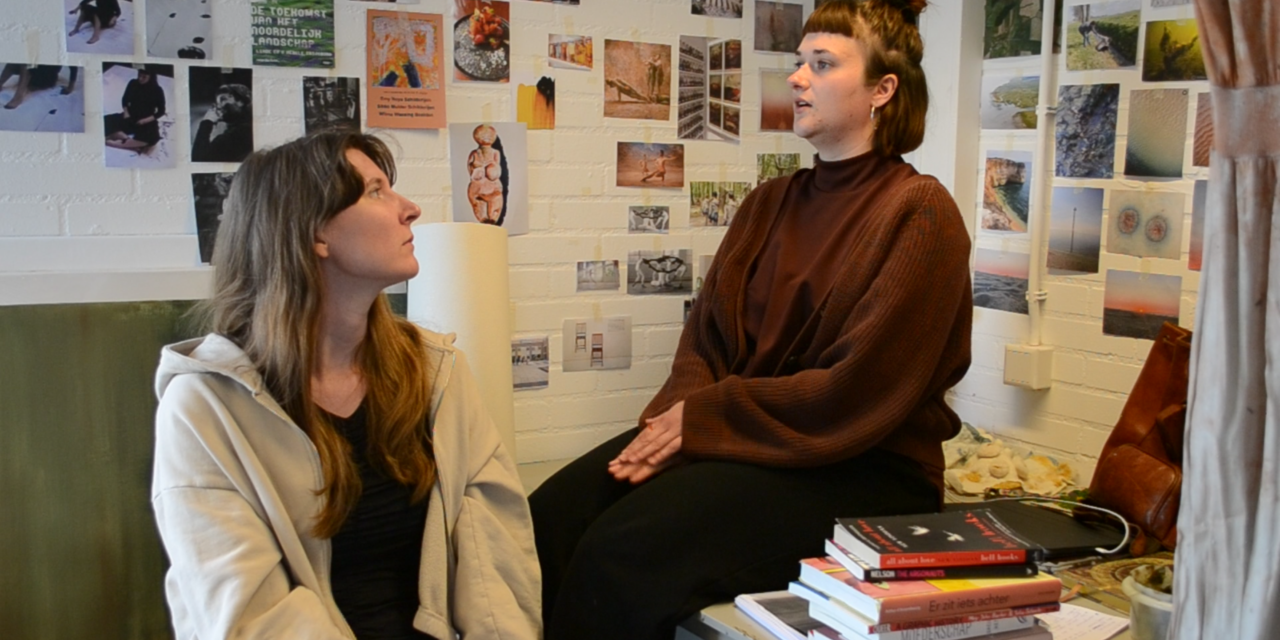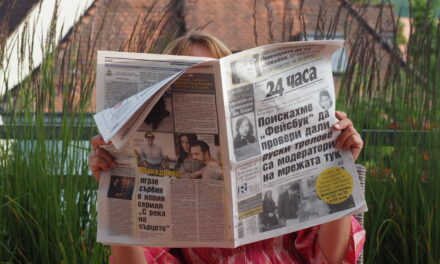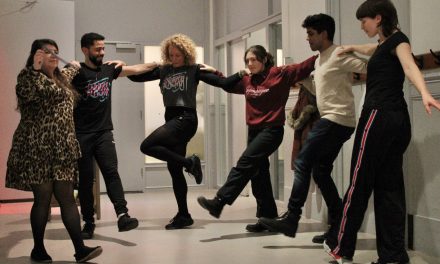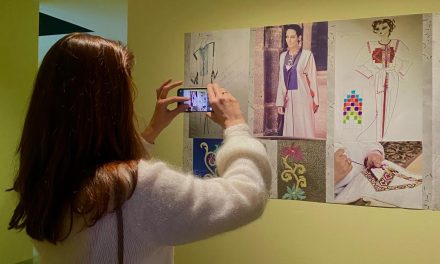“For women it’s really hard to keep a position in in the art world, or to keep a position in art history or history itself, and how it is written.” Says Yvonne Zeegers, art teacher at ArtEZ and MA in Gender Studies. The last decade has seen a rising debate regarding women’s representation in art. A recent research by the feminist art collective Guerrilla Girls shows that less than 5% of the artists in the Modern Art section of the Metropolitan Museum of New York are women. And this is not an isolated case: the list of major museums and art galleries failing to rise to the challenge of offering equal exposure continues on. There is yet another issue lying at the other end of the spectrum of female representation in art. As women still struggle to enter the exhibition spaces of leading art institutions, they certainly find their place on the canvases of their male counterparts.
“If you look at art history, you see Johannes Vermeer for example, who was painting a woman naked, and it needed to be very aesthetic, very beautiful, like this idealistic picture of how a woman needs to be” Susanne Luurs, performance artist and teacher at Minerva Academy, refers to one of the icons of modern art: the female nude. History of art is often read from a single perspective, a male perspective. The so-called male gaze. This term was theorised by Laura Mulvey, who took modern cinema as an example -and a catalyst- of a misogynist view of gender roles. “Sometimes men see women just as partners, the woman is only there to give birth, to have children and to give life.” adds Susanne. Yet hardly anyone would readily admit perpetuating this gaze. It is not a matter of ill faith, but a lack of awareness. The transformational power of art is a double-edged sword: the audience internalises the most enlightened and the most stereotyped perspectives alike.
“You have this picture of this passive, white female who is laying on a couch. I think we’ve seen a lot of those pictures, and it is very passive, innocent, and it has aesthetic,” continues Yvonne Zeegers, “But it’s also very objective: it makes a woman an object.” And it is not just men. Women also fall under the spell of this ill-matched portrayal. The image of a passive and innocent woman it’s also a veil we can hide behind. “If we look at other histories. If we talk about colonialism, for example,” explains Yvonne, “we could easily say that we’ve been innocent in history, that the white female has also been suppressed. But it’s not true. Because we are all subjects, not objects.”
https://youtu.be/FgRcMkD78u0
The effects of the male gaze are not confined to the big screen or the canvas, they actively shape society. The mainstream representation of women determines what is considered to be the norm. “If you see those images from a very young age, it affects you,” Yvonne continues “especially the way you have to dress or the way you have to be or the way you have to talk.” But unlike the idealistic figures populating museums and art galleries, real women don’t always fit the stereotype. “Artists as Tracey Emin, Cindy Sherman, or Carolee Schneemann, they are really showing their own body. Not just as a beautiful body, but with their vulnerabilities. And this is a very different perspective,” points out Susanne “It’s also a generation thing.” She explains how her younger art teachers have a different take on art history and pay more attention to femininity.
Yet, a change of aesthetic standards does not necessarily imply a deeper change of societal structures: as Yvonne puts it “If the image is changing, the infrastructure is not always changing. Still, a lot of institutes or museums are not changing behind the scenes.” Nevertheless, the paradigm is shifting, however slowly, towards a more diverse representation of women in art, and consequently in society. “It has to be playful again. Masculinity and femininity can be very playful,” wishes Yvonne “I really hope that it will be more fluid.”
Video Credits:
Matthijs Braam, Timofey Kuzovlev, Martina Denegri




